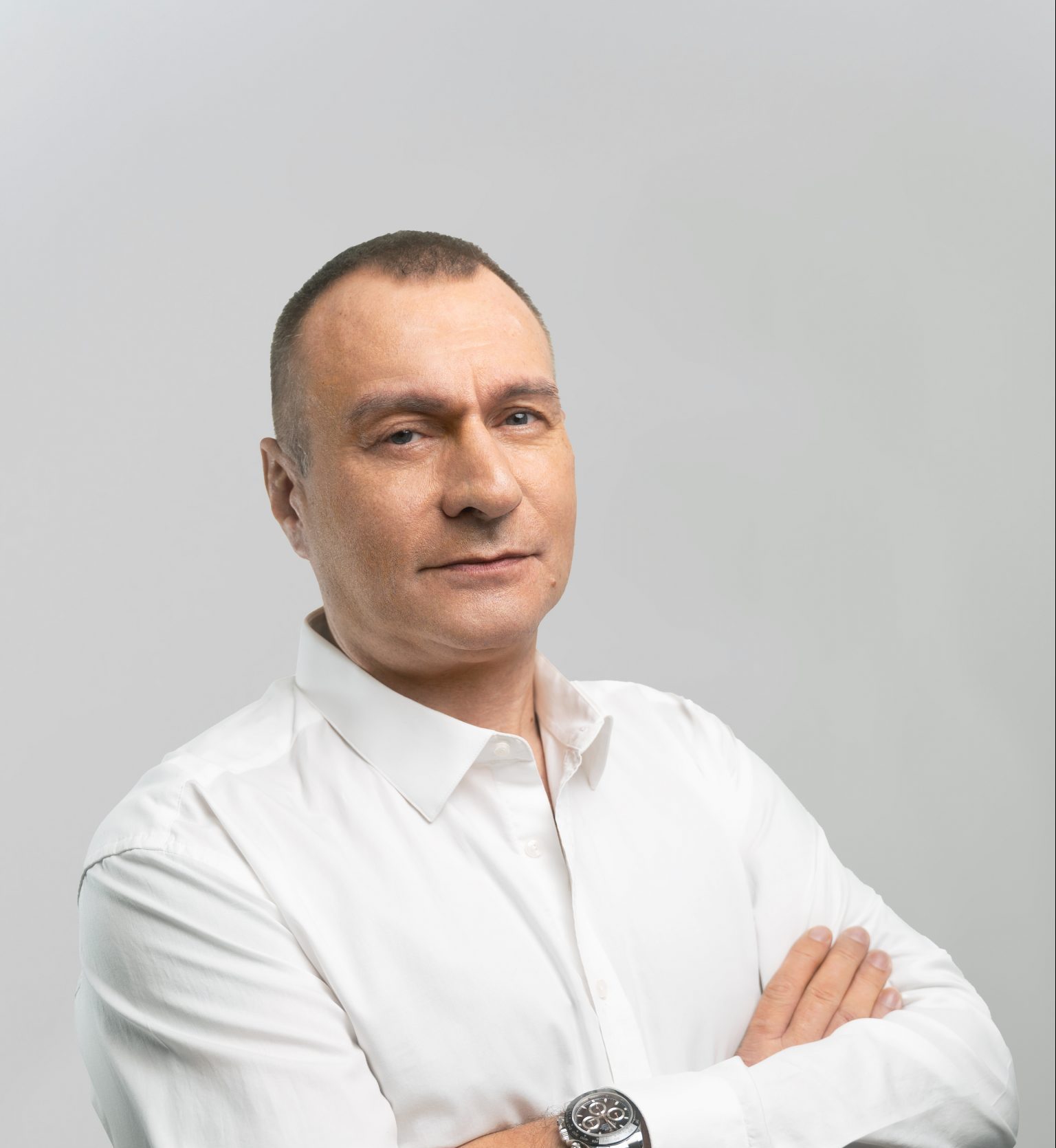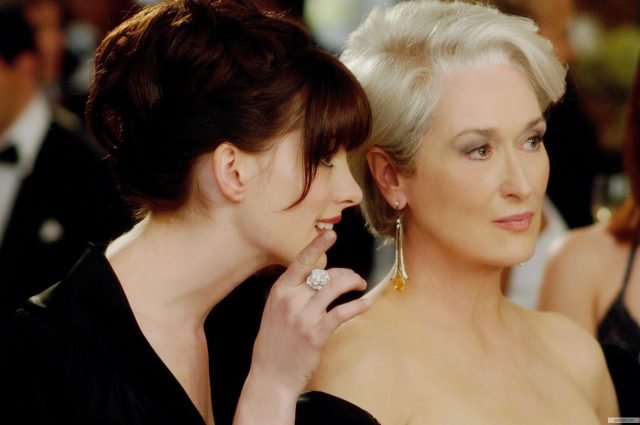
“Nose” operations do not lose their popularity, so we decided to deal with an interesting term – low-traumatic rhinoplasty. What is this in general and is it really that much easier to tolerate? A word to the plastic surgeon.

Otari Gogiberidze, leading plastic and reconstructive surgeon, co-founder of Beauty Time clinic
There are generally two types of rhinoplasty: open and closed. When opened, incisions are made along the lower edge of the columella of the nose (the area of skin between the nostrils). Scarring can be noticed when the surgery is performed by an inexperienced surgeon and an unsuccessful choice is made regarding the shape and location of the incision. In closed rhinoplasty, all incisions are made through the nose. This is the same “scar and scarless rhinoplasty”.
I prefer closed rhinoplasty because it is faster and less traumatic. The less the nose is opened during the surgical intervention, the shorter the anesthesia and operation time, the less damage we cause to tissues, vessels and nerves. And by ensuring that the entire circumference of the nose is fully nourished, we contribute to the rapid recovery of the patient after the operation. But I do not exclude open rhinoplasty and I do it when necessary.
Is low-traumatic rhinoplasty suitable only for those who want to change the shape of the nose or for those who have a direct indication for surgery due to difficulty in breathing?
If it is possible to do low traumatic rhinoplasty and whatever nose type and indications, I will choose this method. For example, an operation was performed and the patient came for secondary rhinoplasty, all structures are preserved, I will do a less traumatic one. If I see that open rhinoplasty is needed, I choose it.
What are the physical data of an ideal nose suitable for low-impact rhinoplasty? Who exactly can, who absolutely cannot?
There is no such data. In any case, I decide on the rhinoplasty method according to the condition of the tissues and nasal septum.

What could be the reasons for a doctor’s refusal to perform such an operation on a patient?
In addition to the individual characteristics of the body and the presence of a number of congenital diseases that would not allow plastic surgery, most of the contraindications for endonasal plastic surgery do not differ from those that apply to the rhinoplasty procedure in general.
How is the operation going? Under what anesthesia? How much?
My rhinoseptoplasty surgery takes about an hour under general anesthesia. Since I use self-absorbing sutures, there is no need to remove the sutures after the surgery.
How quickly can I go home after surgery?
Only the next day, not before. The patient is kept under the supervision of a team of doctors for one day.
What is the recovery period and what restrictions should be followed? How long will these restrictions last?
The rehabilitation period takes about a month. Basically, swelling and bruises disappear in the first two weeks. However, there are special rehabilitation procedures that accelerate recovery by an average of 30%. For example, microcurrents and algoplast treatment.

In summary: Can low-traumatic rhinoplasty replace the classical one? Or one of the options? Or is this the future of rhinoplasty?
Low traumatic rhinoplasty is a classic surgery, but tissue damage is minimal.
Basically, all surgeons perform rhinoplasty in the same way, but the result depends only on the small details and nuances that each doctor develops himself. For me this is the effect, experience and the operation is exactly the least amount of blood loss, tissue injury etc. It is obtained by choosing the route in which it occurs with .
Source: People Talk
I’m Roger Gritton, and I’ve been writing for the The Fashion Vibes for over 5 years now. My specialty is beauty news; I’m passionate about covering the latest trends, products, and innovations in the industry. In my time there, I’ve become known as an authority on all things beauty-related.
I love discovering new experts to interview, researching up-and-coming ingredients and techniques that are making their way onto our beauty shelves and highlighting people who are making a difference in the world of cosmetics. My work has appeared not only on The Fashion Vibes, but also several other publications including the New York Times Magazine, Allure Magazine and Refinery29.




